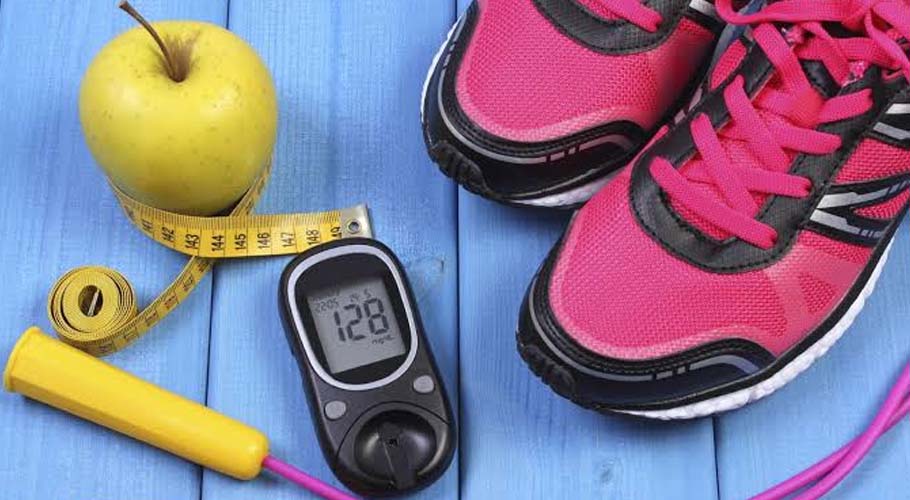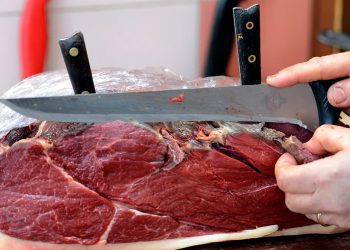TOKYO: A new method to grow insulin-producing cells and protect them from the immune system could pave the way for improving experimental treatment for diabetes.
In type-1 diabetes, the body turns on itself and attacks the so-called beta-cells inside clusters in the pancreas called “islets” who are responsible for gauging sugar levels in the blood and releasing insulin to keep them stable.
Islets also often fail to connect with blood supply, and even when they do, like other transplants, they can come under attack by the recipient’s immune system, which views the cells as invaders.
As a result, patients have to take drugs that suppress their immune systems, protecting their transplant but potentially exposing the rest of their body to illness.
In a bid to overcome some of these challenges, a team looked to find another source for islets, by coaxing induced pluripotent stem cells (iPS) to produce what the team called HILOs, or human islet-like organoids.
These HILOs, when grown in a 3D environment mimicking the pancreas and then turbocharged with a “genetic switch”, successfully produced insulin and were able to regulate blood glucose when transplanted into diabetic mice.
Read more: Honey better treatment for coughs, colds than antibiotics: study





































